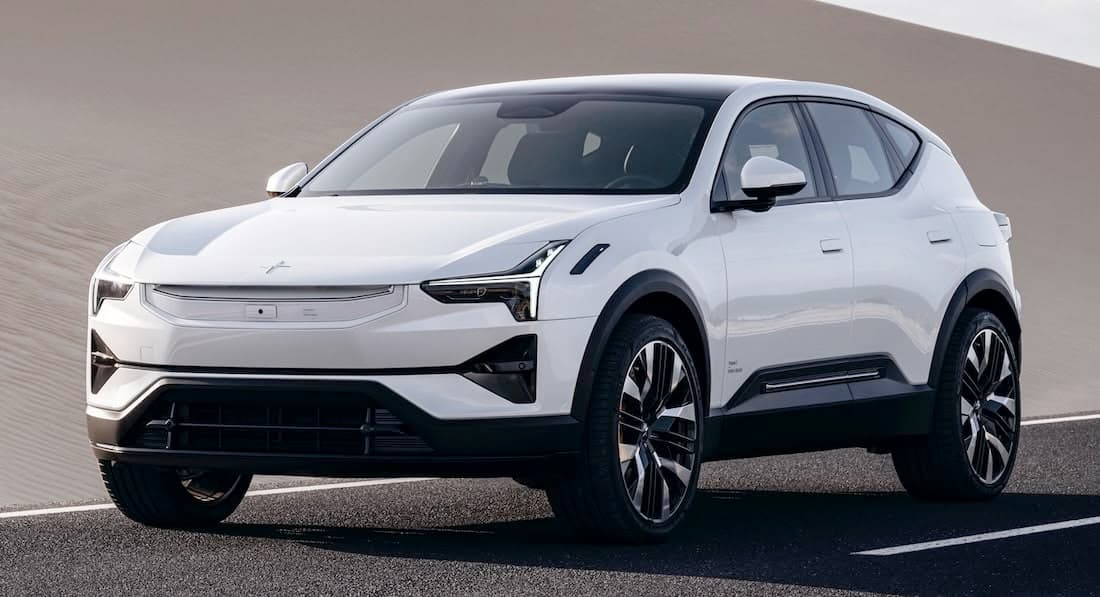Polestar 3

Price Range
$169,990 - $179,990
Range (WLTP)
567 - 706 km
Battery Size
111 kWh
Variants
Performance
0-100 km/h
5 sTotal Power
360 kWTorque
840 NmTop Speed
210 km/hDrive
AWDRange & Efficiency
WLTP Range
636 kmWLTP Consumption
197 Wh/kmHighway Range
496 kmYour Real Range
Calculate Battery & Charging
Battery (nominal)
111 kWhBattery (usable)
107 kWhBattery type
NMCAC Charging
11 kWDC Charging
250 kWVehicle-to-Load (V2L)
NoDimensions & Weight
Length
4900 mmWidth
1968 mmHeight
1614 mmGround Clearance
202 mmWeight
2670 kgShape
Large SUVSeats
5Storage & Towing
Boot Space
484 LBoot Space (Max)
1411 LFrunk
32 LTowing (Braked)
2200 kgTowing (Unbraked)
750 kgHow many Polestar 3 have been sold in NZ?
There have been 29 registered to date (all NZ new).
Polestar 3 registrations
Monthly units (includes new and used import)
